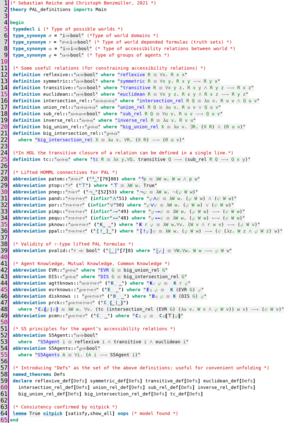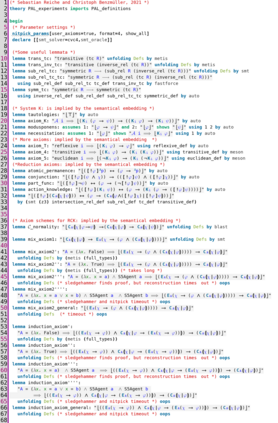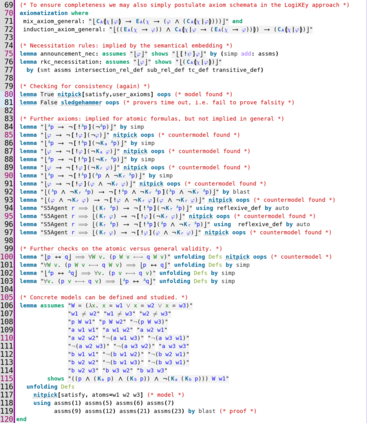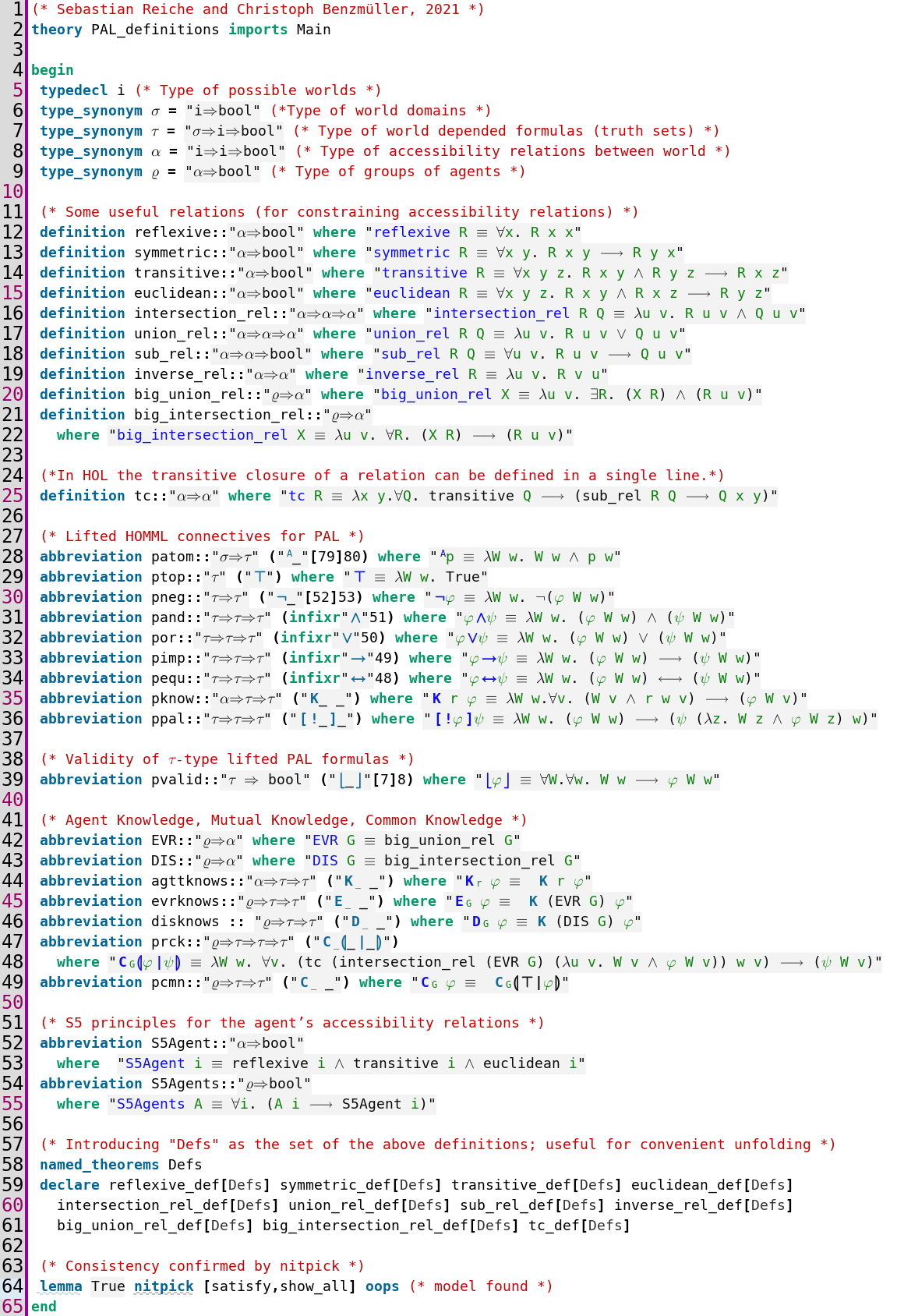A shallow semantical embedding for public announcement logic with relativized common knowledge is presented. This embedding enables the first-time automation of this logic with off-the-shelf theorem provers for classical higher-order logic. It is demonstrated (i) how meta-theoretical studies can be automated this way, and (ii) how non-trivial reasoning in the target logic (public announcement logic), required e.g. to obtain a convincing encoding and automation of the wise men puzzle, can be realized. Key to the presented semantical embedding is that evaluation domains are modeled explicitly and treated as an additional parameter in the encodings of the constituents of the embedded target logic; in previous related works, e.g. on the embedding of normal modal logics, evaluation domains were implicitly shared between meta-logic and target logic. The work presented in this article constitutes an important addition to the pluralist LogiKEy knowledge engineering methodology, which enables experimentation with logics and their combinations, with general and domain knowledge, and with concrete use cases -- all at the same time.
翻译:以相对的普通知识为公共宣布逻辑的浅语义嵌入。 这种嵌入使这一逻辑首次与古典高阶逻辑的现成理论验证器实现自动化。 它展示了(一) 元理论研究如何能以这种方式实现自动化,以及(二) 目标逻辑(公开宣布逻辑)中非三边推理如何实现,例如,如何获得智慧男子拼图的令人信服的编码和自动化。 所呈现的语义嵌入的关键是,评价领域被明确建模,并被当作嵌入目标逻辑组成成分编码中的附加参数;在以往的相关工作中,例如,关于嵌入正常模式逻辑的工作,评价领域在元模型逻辑和目标逻辑中隐含共享。本文章中介绍的工作是多元逻辑及其组合、一般知识和域知识以及具体使用案例的重要补充。










